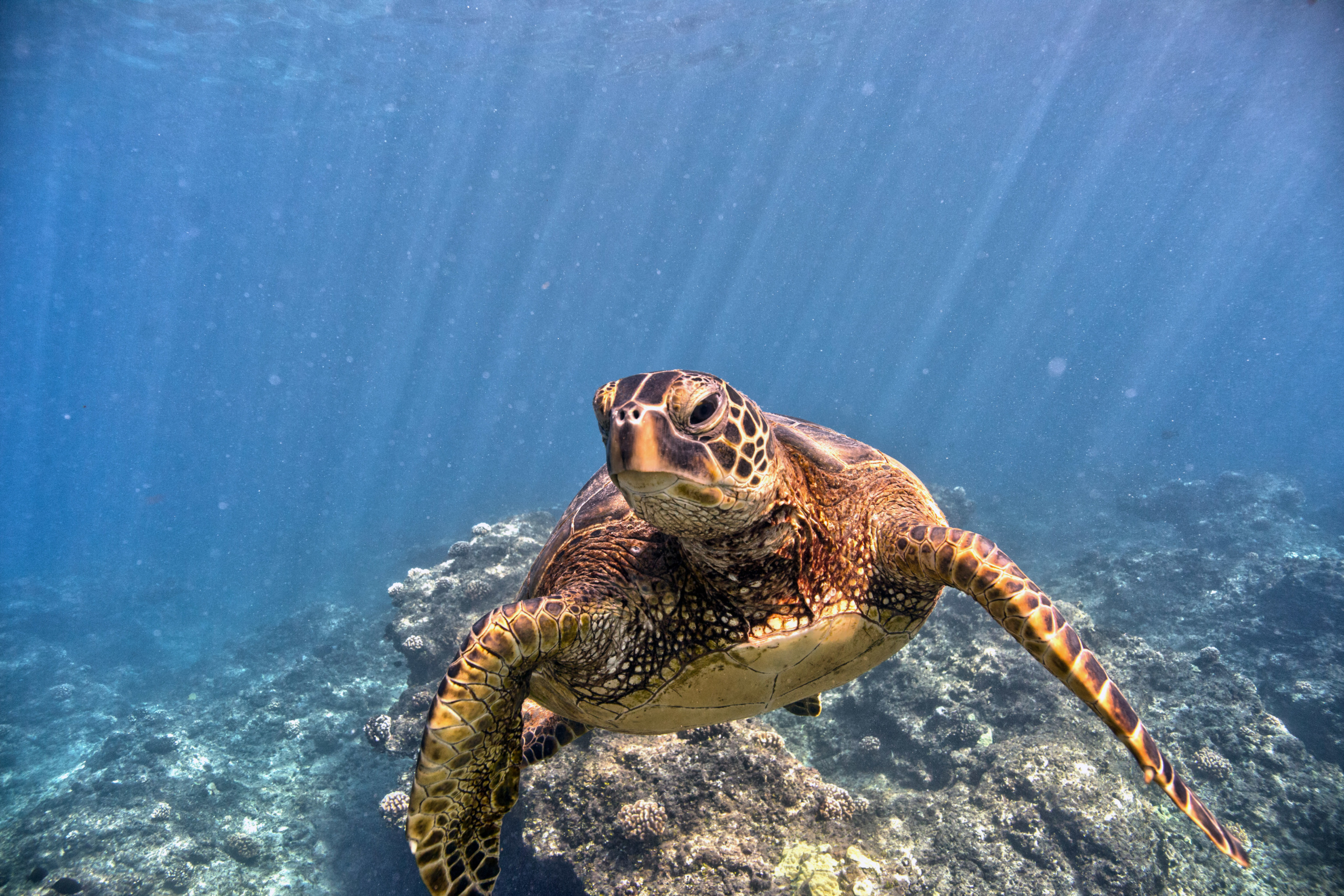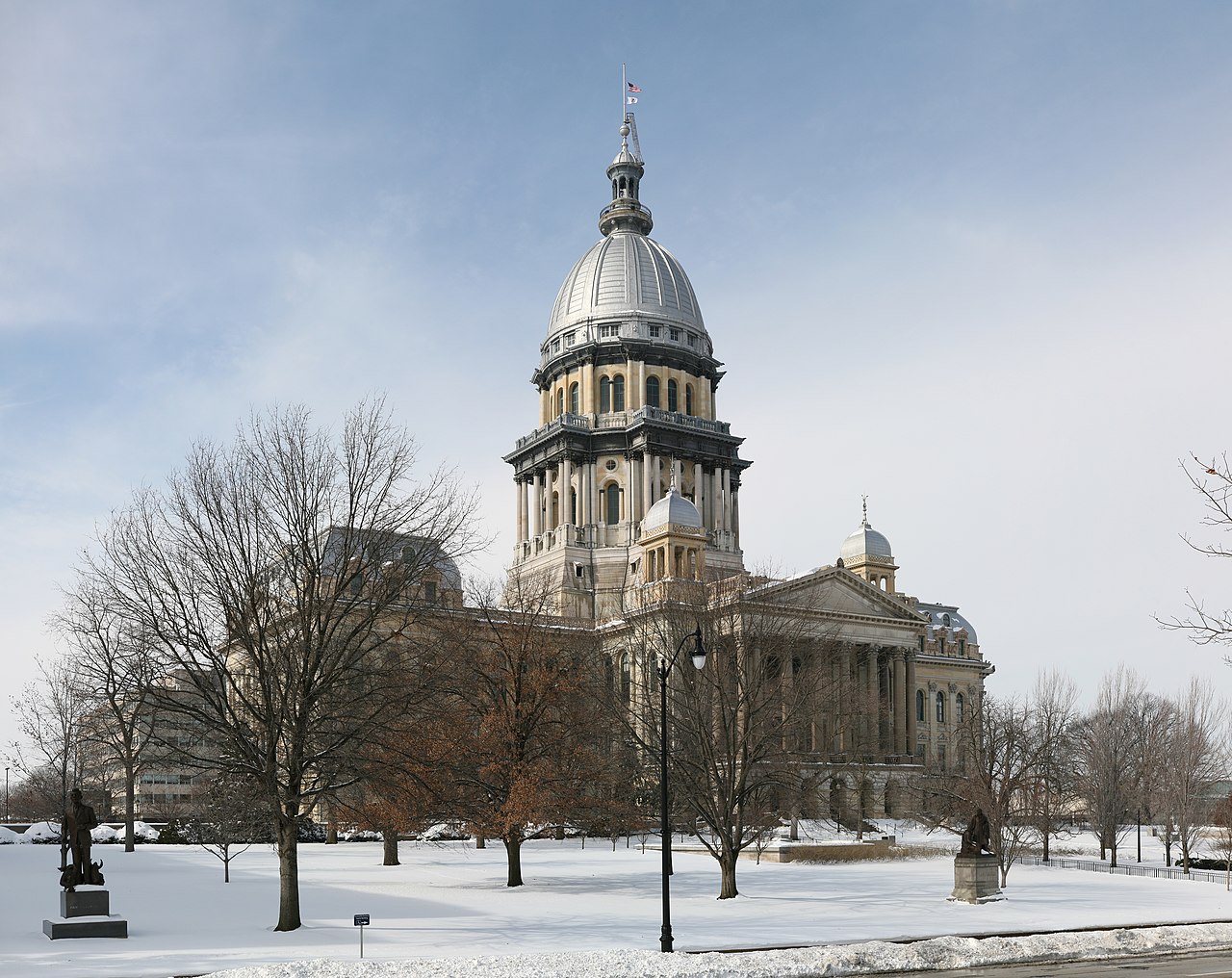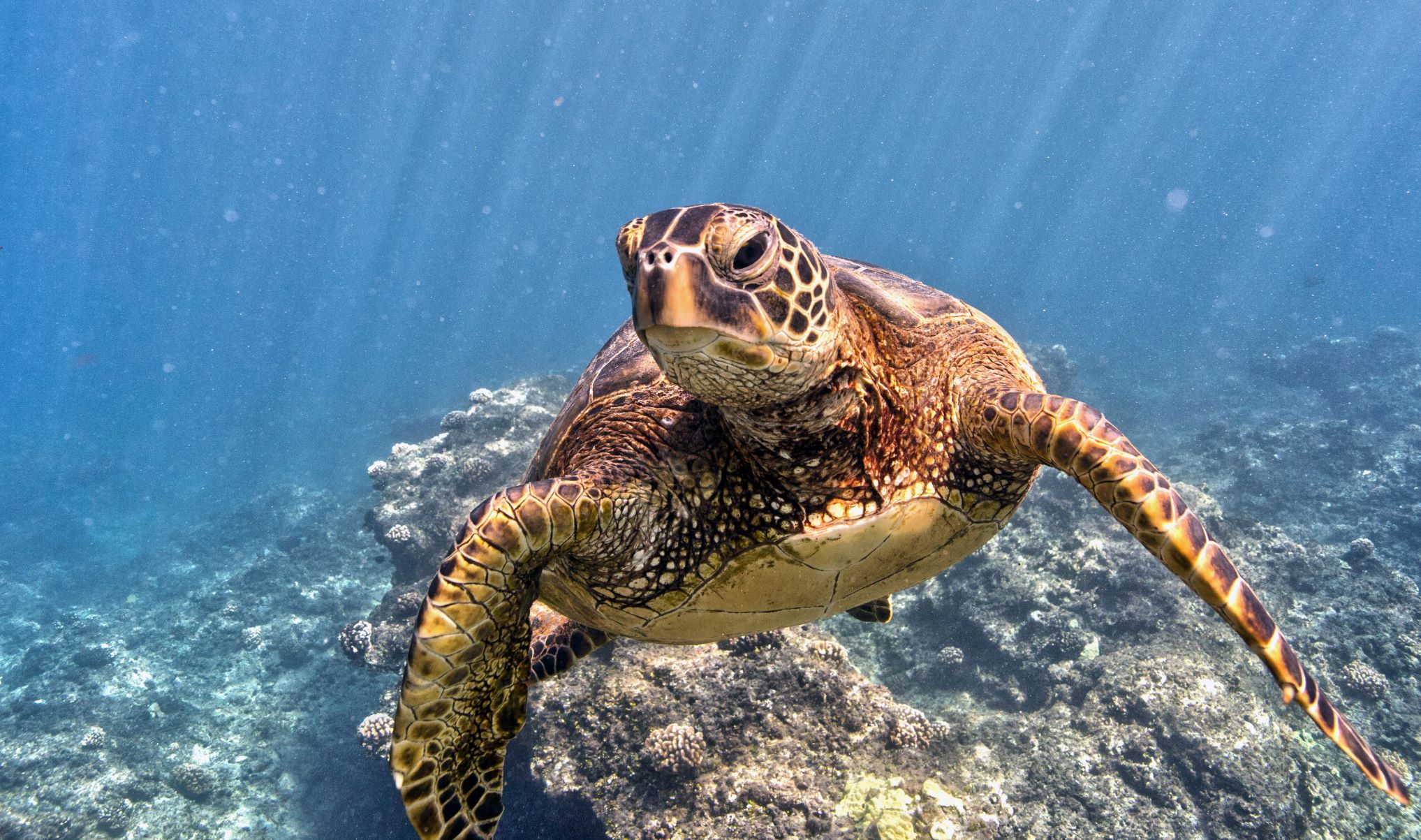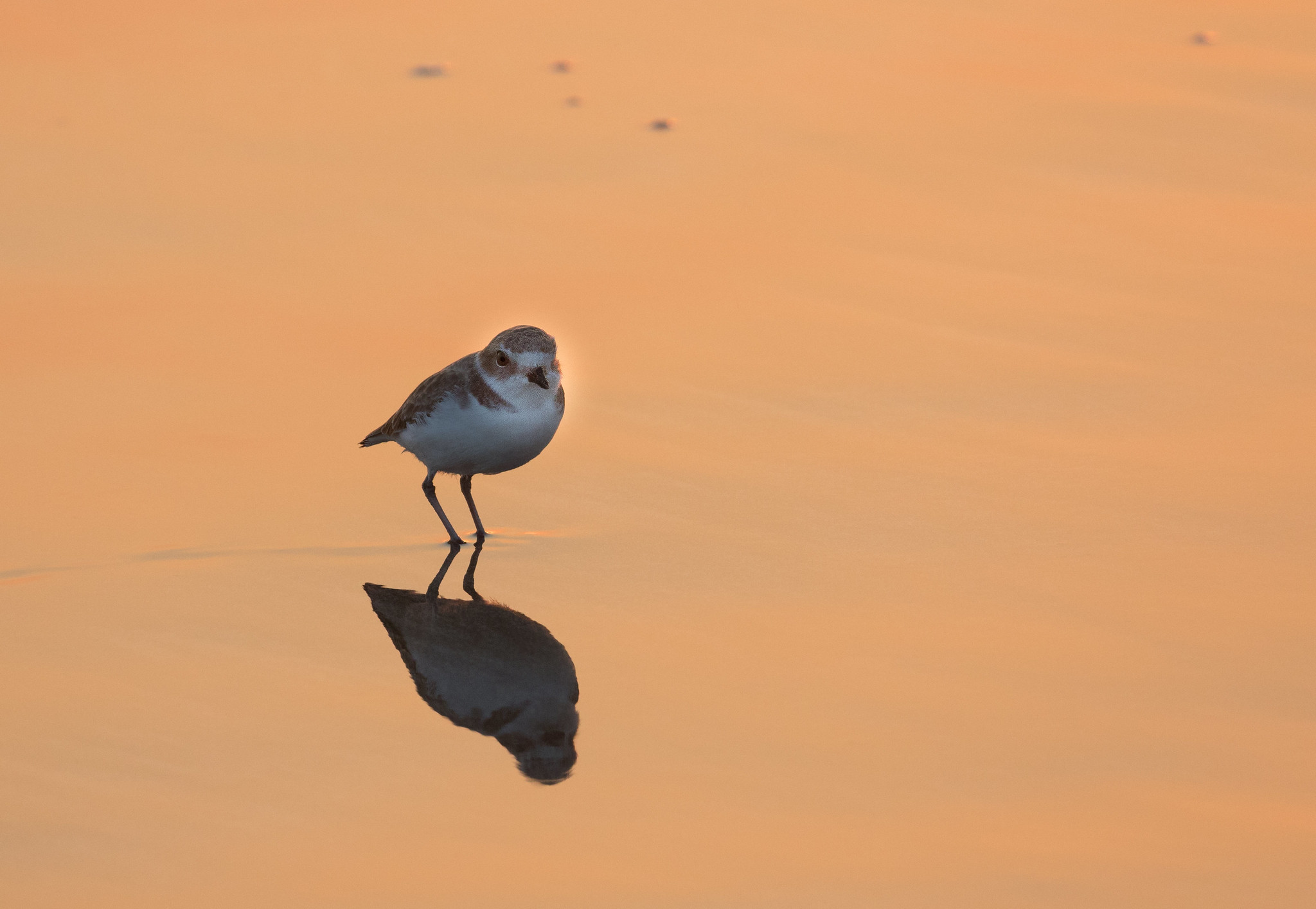
Sea turtles need a safe place to live
New protections on critical habitat for threatened and endangered green sea turtles have been proposed. You can help make sure they pass.

Sea turtles are in a race for survival since the moment they hatch. Baby turtles scramble towards the ocean while trying to avoid natural predators like birds, crabs, raccoons and foxes. If they make it to the water, seabirds or fish may be waiting to make them a meal, too.
If they survive that, sea turtles could then run into man-made threats that they cannot overcome. Fewer than 1 in 1,000 sea turtles – sometimes even 1 in 10,000 – live to adulthood.
Once hunted for their eggs, fat and shells, green sea turtles had a long road to recovery when the U.S. granted them endangered species protections in 1978. But human activity has threatened green sea turtle survival, making conservation laws and regulations an important part of efforts to save sea turtles.
A safe home for sea turtles from California and the Gulf Coast to waters off Georgia and North Carolina
The National Oceanic and Atmospheric Administration submitted a proposal in July to designate new critical habitat areas and strengthen existing protections for green sea turtles along the U.S. coastline.
Passing this proposal would ensure that green sea turtles can thrive in a large segment of ocean where they make their homes. But it won’t pass without our help.
NOAA is accepting comments on this proposal until October 17. By voicing your support, you can help give green sea turtles a chance at long-term survival.
Submit your comment today.
Facts about green sea turtles
Green sea turtles are an amazing marine animal, and sighting one in the wild can be a magical experience. Here’s some facts about them beyond their graceful swimming and marbled shells:
- They are the largest hard-shelled sea turtle: Green sea turtles grow from a two-inch hatchling weighing one-half pounds to 3 to 4 feet long and up to 350 pounds.
- They live a long time: Many green sea turtles live to be at least 70 years old, and some have been recorded up to 100 years old.
- Their green color comes from their diet: Green sea turtles get their name from the color of their fat, not from their shells. Because they are herbivores and mostly feed on seagrass and algae, it gives them a greenish tint.
- Their largest nests are in Costa Rica and Australia: During nesting season, up to 30,000 females live on the Caribbean Coast of Costa Rica, and up to 60,000 near the Great Barrier Reef along the Australian coast.
- They’ve been around since the dinosaurs: Sea turtles are an ancient species, having been on Earth for approximately 110 million years.
- They can always find their way back home: Even if a female turtle has not been back to her original home in decades, she will navigate back to where she was born to lay her own eggs.
Why green sea turtles are endangered
The green sea turtle makes its home in over 80 countries around the world, and in the United States, these turtles nest on the shores of Florida, Georgia, Texas, North Carolina and California.
With such a wide habitat area, green sea turtles can often run into harm, and when they do, it’s dangerous for the whole species, since many green sea turtle populations are already threatened or endangered.
Laws like the 1973 Endangered Species Act made it possible for green sea turtles to rebound from dramatic population declines in the 1980s. But marine debris, habitat loss, climate change and getting tangled up in commercial fishing gear still threaten green sea turtles and have the potential to undo much of the progress green sea turtles have made in recent decades.
Sea turtles often mistake pieces of plastic for food, ingesting them and damaging their internal organs and blocking digestion. Often, this can be fatal for turtles.
Green sea turtles are also frequent victims of bycatch, when they become inadvertently tangled or hooked in fishing gear. Though they are usually released, turtles often die or are unable to reproduce as a result.
How we can help protect green sea turtles
Green sea turtles need more space to roam where they are safe from human-related threats so that they can live, nest, feed and migrate safely.
NOAA’s proposal to expand and reinforce critical habitat areas for green sea turtles is the single biggest step we can take right now to protect these amazing creatures.
Environment America works hard to protect wildlife and the spaces they call home — from putting wildlife over waste to protecting wild areas on land and at sea to defending our oceans from further drilling.
And now, we are raising our voices in support of protecting green sea turtle habitat. Add your name before October 17.
Topics
Authors
Steve Blackledge
Senior Director, Conservation America Campaign, Environment America
Steve directs Environment America’s efforts to protect our public lands and waters and the species that depend on them. He led our successful campaign to win full and permanent funding for our nation’s best conservation and recreation program, the Land and Water Conservation Fund. He previously oversaw U.S. PIRG’s public health campaigns. Steve lives in Sacramento, California, with his family, where he enjoys biking and exploring Northern California.
Find Out More

Our 2024 priorities in the states

Marine protected areas are the best hope for the ocean – but only if the protections are real

Leaders raise ‘Voices for Orcas’

